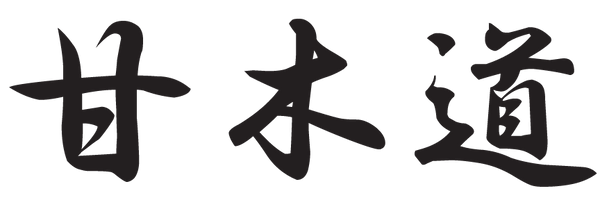Irabo tea bowl by Keisen KItamura
Irabo tea bowl by Keisen KItamura
Couldn't load pickup availability
Height: 8.5cm Width: 16.3cm x 16.0cm
Same box Height: 12.8cm Width: 18.5cm×18.5cm
Irabo tea bowl "by Kitamura Keisen" - A masterpiece that embodies the essence of wabi-cha tea
Large, striking shape
The "Irabo Tea Bowl by Kitamura Keisen" is characterized by its dynamic and deep rise. The silhouette that stretches out in a straight line from the high base gives a unique presence to the tea ceremony. This large shape not only looks powerful, but also fits comfortably in the hand. From the moment you pick up the tea bowl, its imposing design stimulates your senses.
History and origin of Irabo tea bowls
Irabo tea bowls are traditional tea bowls that are deeply connected to Japan's wabi tea culture. Their origins date back to Goryeo tea bowls from the Momoyama period to the early Edo period, and are based on tea bowls made on the Korean peninsula during the Yi Dynasty. They are characterized by a rough texture due to the clay and glaze, and were named "Irabo" because this rough texture brings about a sense of "irritation." They were ordered by Japanese tea masters and have been treasured as tools that symbolize the spirit of wabi.
Highlights - The texture of the plum blossom skin on the base and the glaze
This Irabo tea bowl is particularly outstanding in the texture of the foot called Kairagi. The natural scenery that occurs during firing gives the entire bowl a rich look that captivates the viewer. The subtle color changes and texture of the glaze are the charms that can only be achieved by handwork.
Kitamura Keisen - A master craftsman who combines tradition and innovation
Kitamura Keisen is known in the Japanese ceramics world for his works that combine tradition and innovation. While respecting traditional techniques, he skillfully incorporates modern sensibilities into his work, and is supported by many tea masters and ceramics enthusiasts. This Irabo tea bowl also fully demonstrates Kitamura Keisen's refined aesthetic sense and outstanding technique.
A special experience of wabi-cha tea ceremony
"Irabo Tea Bowl by Kitamura Keisen" will make your Japanese wabi tea ceremony even more special. This tea bowl, with its simple yet profound design and natural beauty, will bring a special atmosphere to your tea ceremony. Every time you taste a cup of matcha, you will be captivated by its beauty and functionality, providing you with a comfortable moment.
The one and only "Irabo tea bowl" is now in your hands
Kitamura Keisen's "Irabo Tea Bowl" is a masterpiece that perfectly combines the spirit of wabi and natural beauty. Please pick up this tea bowl, which gives dignity and a special presence to the tea ceremony, and experience its charm for yourself. You can enjoy Japanese tea culture and history in your daily tea ceremony.
Keisen Kiln: A brief history of Keisen Kitamura
Born in Tachikui, Tanba, Hyogo Prefecture in 1955. Graduated from Sasayama Homei High School. He studied under his father, the first Keisen, but was drawn to the nearby Mita Celadon (abandoned kiln at the end of the Taisho period) from an early age, and began firing celadon as well.
After his father passed away in 1979, as the second generation Keisen, he devoted himself to both Tamba Tachikui ware (mainly firing unglazed, ash-glazed, and white ceramic tea ware and various utensils for daily use) and celadon ware.
In 1992, he participated in the 5th overseas pottery trip organized by the Hyogo Prefectural Ceramic Art Museum in Kobe, traveling to ancient kilns and museums in southern China (Quanzhou, Xiamen, Guangzhou, etc.) for research purposes.
In 1993, he held a solo exhibition at the Hyogo Prefectural Ceramic Art Museum, where he gained attention as a talented Tamba Tachikui ware artist.
In 1994, his Ido tea bowl was selected for the 11th Tea Ceremony Art Exhibition (sponsored by the Agency for Cultural Affairs and others) organized by the Tabe Museum of Art.
In 1995, his Tamba Brushed Ash Glazed Tea Bowl won the Encouragement Award at the 12th Tea Ceremony Art Exhibition sponsored by the Tanabe Museum of Art. His Tamba Brushed Ash Glazed Tea Bowl was selected for the 42nd Japan Traditional Crafts Exhibition and won the Matsushita Award.
In 1996, his Tamba Brushed Ash Glazed Tea Bowl was selected for the 13th Tea Ceremony Art Exhibition sponsored by the Tanabe Museum of Art. With the cooperation of the Osaka Prefecture Japan-China Friendship Association, he visited the Longquan Kiln in Zhejiang Province and deepened his relationship with local celadon experts.
His Tanba Brushed Ash Glazed Tea Bowl was selected for the 4th Tanko Biennale 1996 Tea Ceremony Art Open Exhibition.
In 1997, his Tamba Brushed Ash Glaze Tea Bowl was selected for the 14th Tea Ceremony Art Exhibition sponsored by the Tabe Museum of Art.
With the cooperation of the Osaka Prefecture Japan-China Friendship Association, participants visited Longquan Kiln in Zhejiang Province, toured the national-level ancient kiln site and deepened exchanges with celadon experts.
Solo exhibition at Tobu Department Store.
In 1998, he was selected for the 15th Exhibition of Tea Ceremony Art sponsored by the Tanabe Museum with his Tamba Hakeme Haigyu Chawan tea bowl and the 5th '98 Tanko Biennale Tea Ceremony Art Exhibition with his Tamba Hakeme Haigyu Chawan tea bowl
1999: Selected for the 16th Tea Ceremony Art Exhibition sponsored by the Tanabe Museum of Art with his Tamba Hakeme Ash Glaze Tea Bowl
In 2000, he was selected for the 17th Tea Ceremony Art Exhibition sponsored by the Tanabe Museum of Art with his Tamba Hakeme Ash Glaze Tea Bowl.
In 2001, his Tanba persimmon tea bowl was selected for the 18th Tea Ceremony Art Exhibition sponsored by the Tanabe Museum of Art.
Participated in the opening ceremony of the Longquan Celadon Exhibition in Beijing in 2002
2003 Solo exhibition at Gallery "Aoyama"
In 2004, he was selected for the 21st Exhibition of Tea Ceremony Art sponsored by the Tanabe Museum of Art with his Tamba Hakeme Ash Glaze Tea Bowl.
In 2005, his Tanba Kohiki tea bowl was selected for the 22nd Tea Ceremony Art Exhibition sponsored by the Tanabe Museum of Art.
In 2006, his Tamba black glaze tea bowl was selected for the 23rd Tea Ceremony Art Exhibition sponsored by the Tanabe Museum of Art.
In 2007, his Tamba black glaze tea bowl was selected for the 24th Tea Ceremony Art Exhibition sponsored by the Tanabe Museum of Art.
2008 Solo exhibition at Uchiyama Gallery in Sasayama
In 2009, his Tanba Kohiki tea bowl was selected for the 26th Tea Ceremony Art Exhibition sponsored by the Tanabe Museum of Art.
In 2010, he was selected for the 27th Exhibition of Tea Ceremony Art sponsored by the Tanabe Museum of Art with his Tamba Tsutsuga tea bowl.
2015 Vice-chairman of the Climbing Kiln Restoration Executive Committee (2014)
2018: Participated in a study on firing bamboo in the oldest climbing kiln
2019 Hyogo Prefecture Skill Award Winner
Share

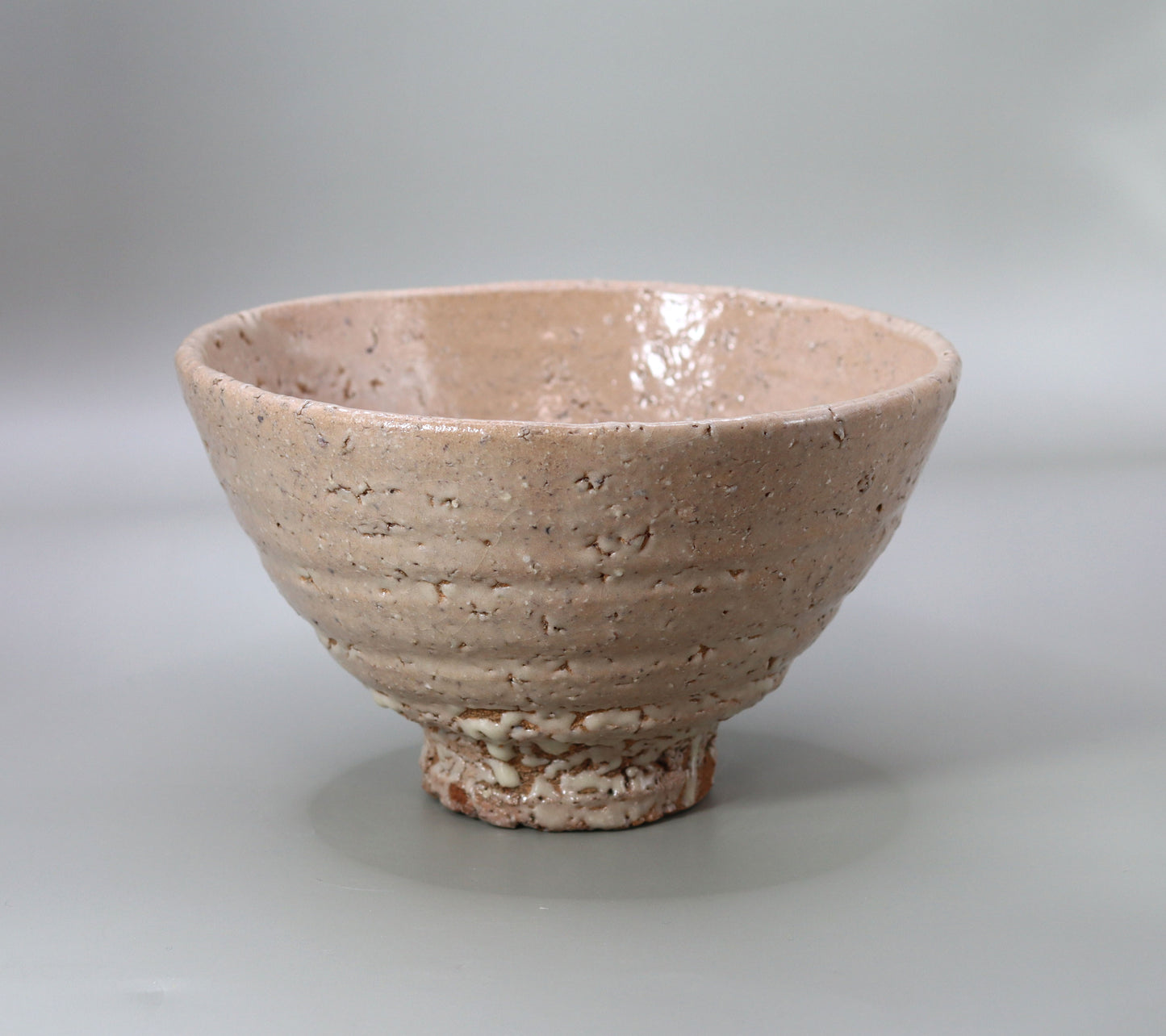
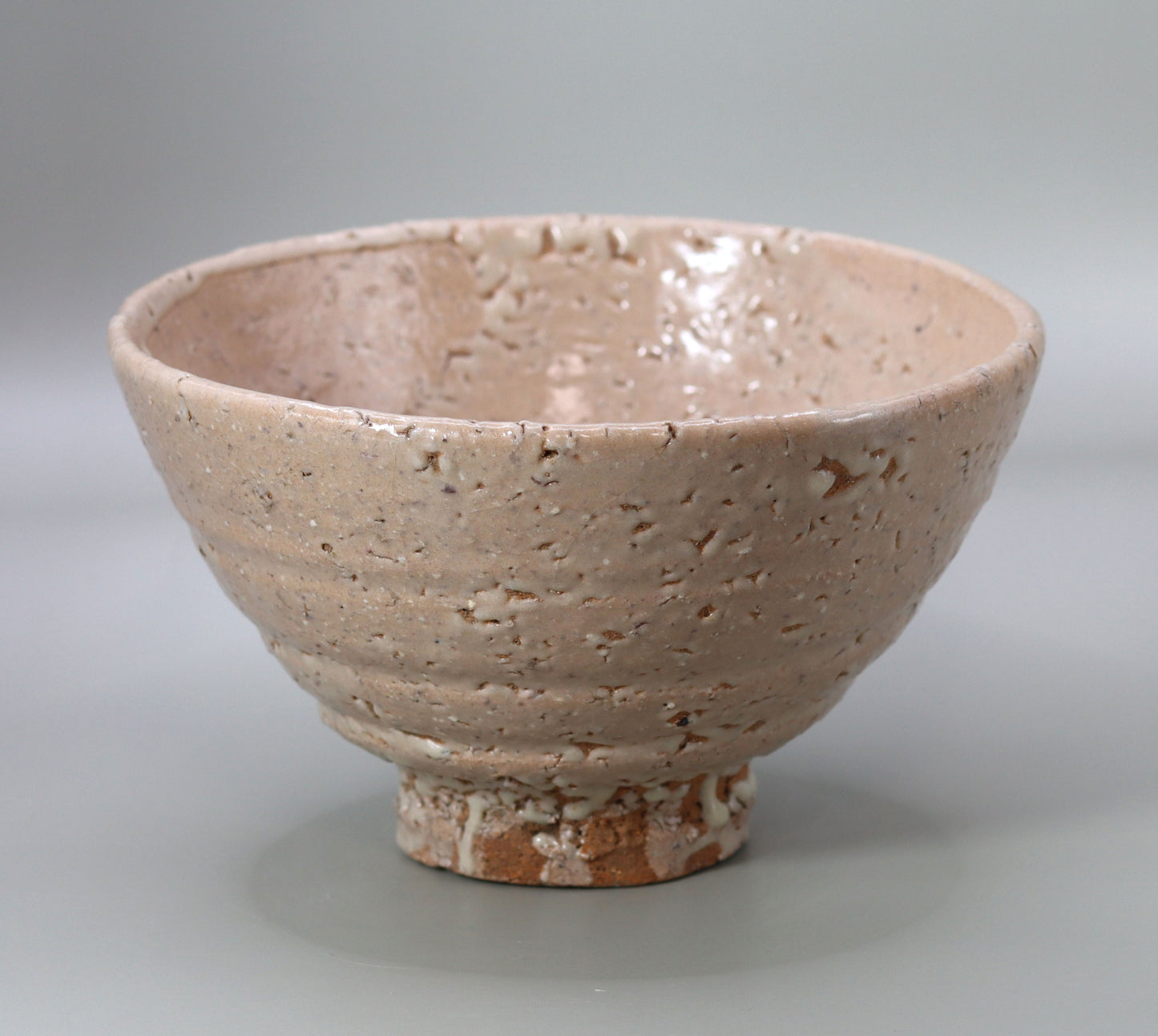
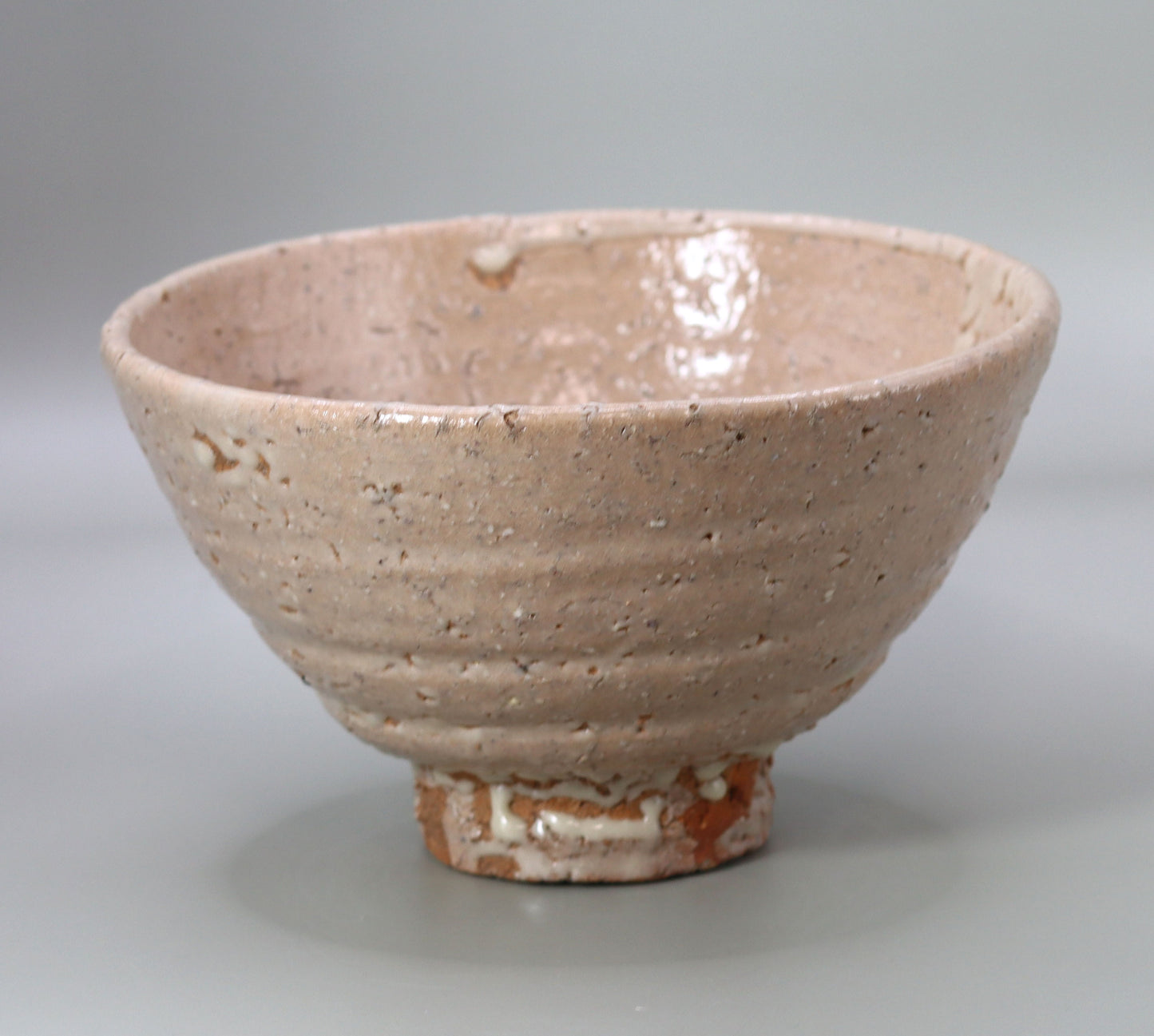
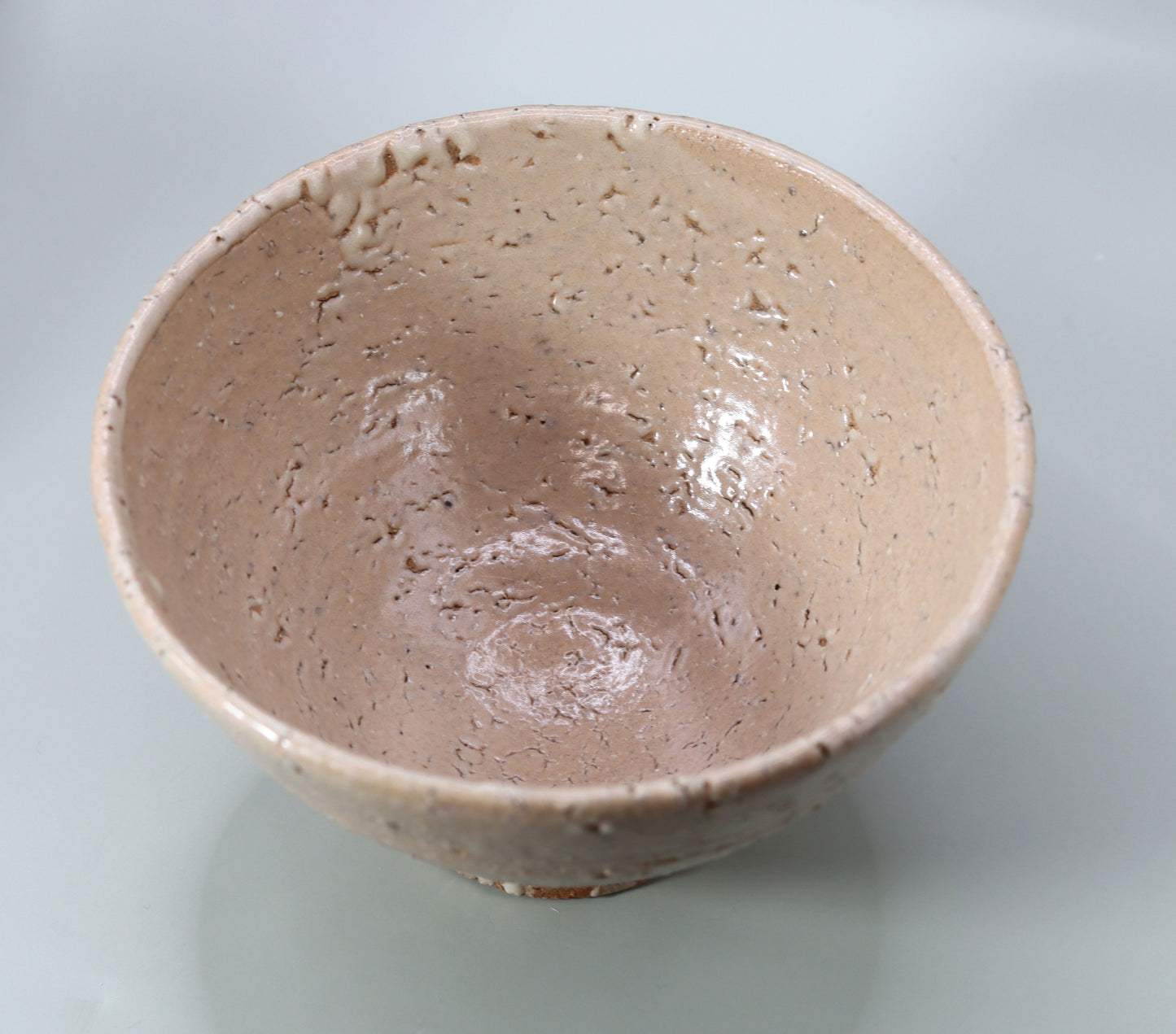


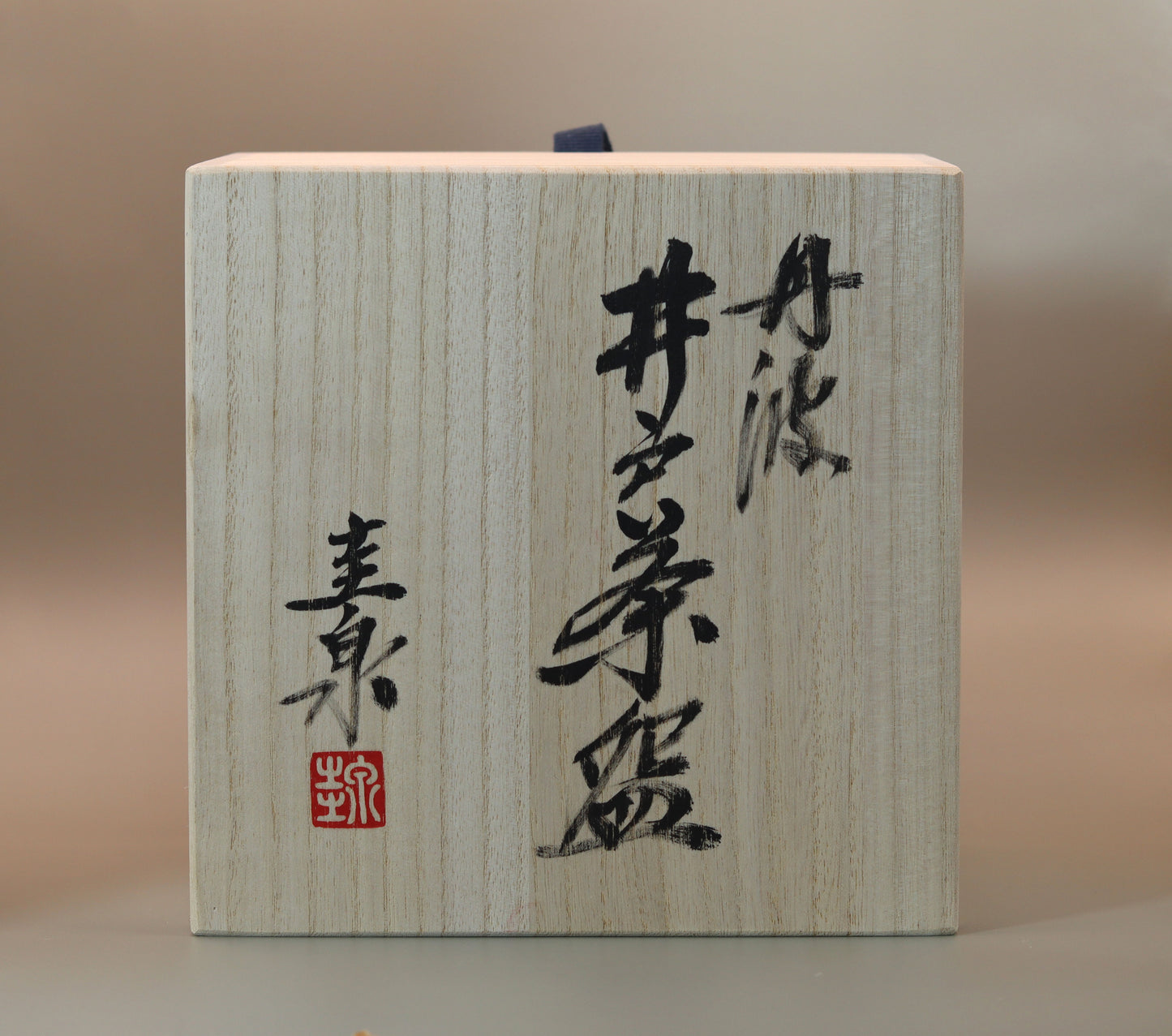
Multi-Column
-
[I will send it to you quickly and carefully]
We carefully package each product in a way that suits it best.
Also, delivery times vary depending on the piece (vessel, etc.).
Items that already come with a box will be shipped within 1-3 days of the order date.
For items that require a box to be made after your order, it will take approximately 30 days for production to be completed and then shipped.
In either case, once we have confirmed your order, we will contact you by email to inform you of the delivery date.
-
[Requests when purchasing pottery]
Even products that look the same may differ slightly in color, shape, size, etc.
The way the glaze is used, the power of the kiln, the firing method, the season, and the humidity also affect the appearance of the pottery.
Please understand the individuality of each piece of pottery and enjoy the unique warmth of handmade.
